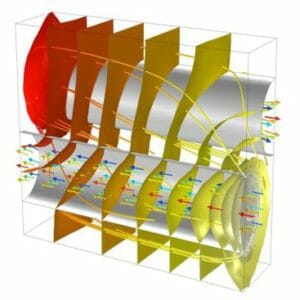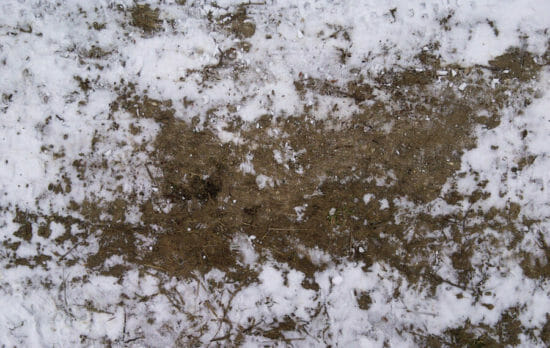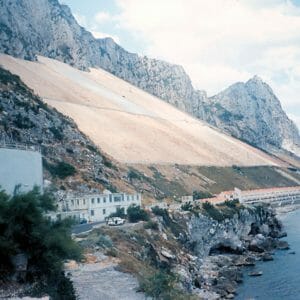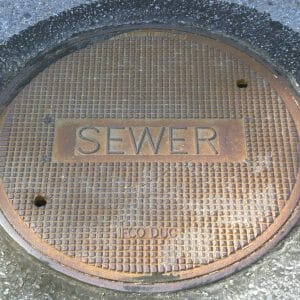Subtotal: $75.00
E – 1225 Settlement and Volume Expansion in Soils
$125.00
Courses Included
This course concerns (a) immediate settlements, (b) long-term settlements, (c) rate of settlement, (d) criteria for tolerable settlement, (e) methods of reducing or accelerating settlements for saturated fine-grained soils and (f) methods for controlling and/or estimating heave in swelling soils. Procedures given are for fine-grained compressible soils as well as for coarse-grained soils. The settlement of saturated cohesive soil consists of the sum of three components; (1) immediate settlement occurring as the load is applied, (2) consolidation settlement occurring gradually as excess pore pressures generated by loads are dissipated, and (3) secondary compression essentially controlled by the composition and structure of the soil skeleton. The settlement of coarse-grained granular soils subjected to foundation loads occurs primarily from the compression of the soil skeleton due to rearrangement of particles. The permeability of coarse-grained soil is large enough to justify the assumption of immediate excess pore pressure dissipation upon application of load. Settlement of coarse-grained soil can also be induced by vibratory ground motion due to earthquakes, blasting or machinery, or by soaking and submergence.
This course will give you an introduction to methods and techniques for estimating soil settlement and expansion when designing footings and foundations for buildings and other structures.
Description
This course concerns (a) immediate settlements, (b) long-term settlements, (c) rate of settlement, (d) criteria for tolerable settlement, (e) methods of reducing or accelerating settlements for saturated fine-grained soils and (f) methods for controlling and/or estimating heave in swelling soils. Procedures given are for fine-grained compressible soils as well as for coarse-grained soils. The settlement of saturated cohesive soil consists of the sum of three components; (1) immediate settlement occurring as the load is applied, (2) consolidation settlement occurring gradually as excess pore pressures generated by loads are dissipated, and (3) secondary compression essentially controlled by the composition and structure of the soil skeleton. The settlement of coarse-grained granular soils subjected to foundation loads occurs primarily from the compression of the soil skeleton due to rearrangement of particles. The permeability of coarse-grained soil is large enough to justify the assumption of immediate excess pore pressure dissipation upon application of load. Settlement of coarse-grained soil can also be induced by vibratory ground motion due to earthquakes, blasting or machinery, or by soaking and submergence.
This course will give you an introduction to methods and techniques for estimating soil settlement and expansion when designing footings and foundations for buildings and other structures.
- Learn about the three components of soil settlement;
- Learn how superimposed loads cause pore pressures to increase, forcing water from compressible stratum which decreases volume and causes settlement;
- Learn how stresses exceeding the present effective vertical pressure of overburden produce preconsolidation;
- Learn about the mechanisms of settlement for coarse-grained soils;
- Learn how to use shape and rigidity factors to calculate settlements of points at the surface of an elastic half-space;
- Learn how to calculate the magnitude of immediate settlement in clay;
- Learn a method for calculating instantaneous settlement of isolated footings on coarse-grained soils;
- Learn how the typical loading cycle during building construction may cause swell and heave during foundation excavation, followed by application of the structural load which recompresses subsoil and may extend consolidation into the virgin range.
- Learn how to use pressure-void ratio diagrams.
- Learn how to correct settlement calculations for overconsolidated clays that may give an overestimate of the settlement.
- Learn the relationship between the Settlement Ratio and the Overconsolidation Ratio.
- Learn about the relationship between initial shear stress and the overconsolidation ratio; and
- Learn about the time rate of primary consolidation..


 E - 1108 Heat Transfer Review for Engineers
E - 1108 Heat Transfer Review for Engineers 



